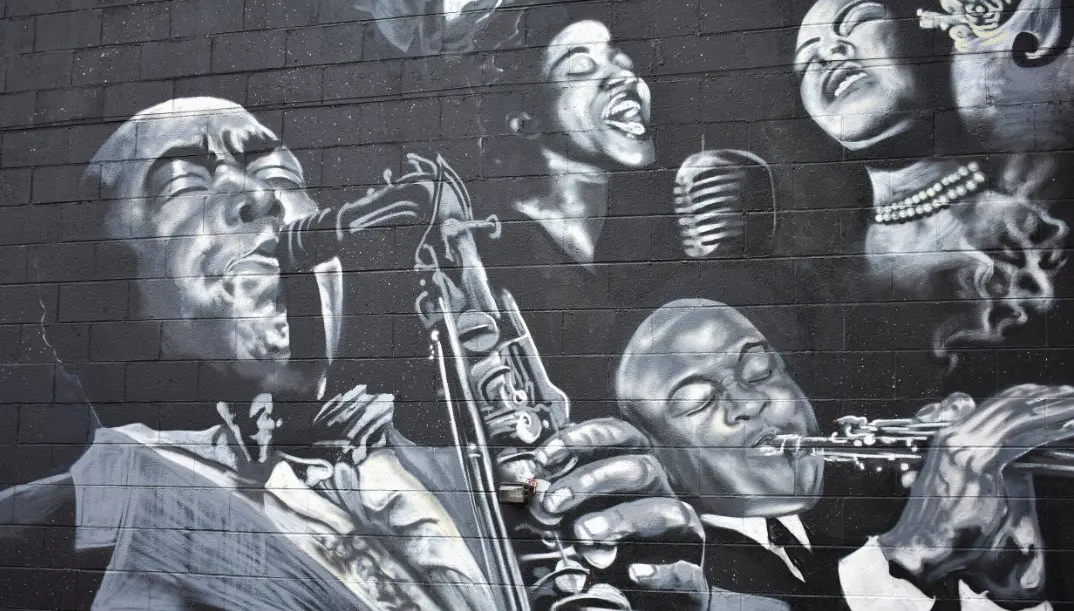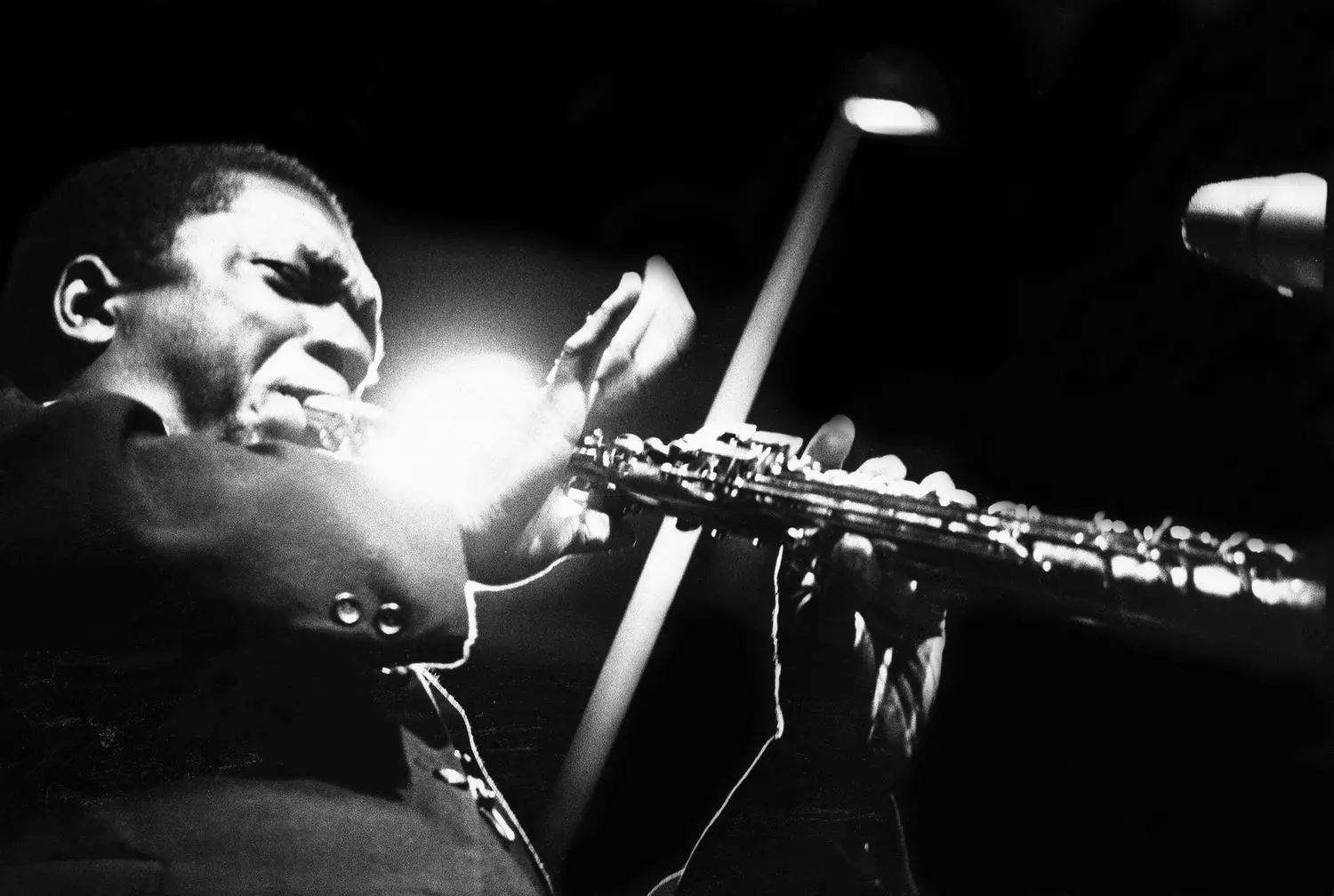
What started in the late 19th and early 20th centuries as a blend of African and European influences has grown into a diverse and transformative genre that has shaped modern music. Through the highs and lows, jazz has been the voice of the unheard, and every rhythm tells a story steeped in struggle and joy.
Also, you will find more information on this topic here.
This article embarks on an inspiring journey, delving into the evolution of jazz from its roots to contemporary expressions.
Jazz Origins in New Orleans
New Orleans, often recognized as the birthplace of jazz, was instrumental in establishing the genre’s initial framework. The city’s diverse cultural environment allowed African-American musicians to meld their African rhythmic traditions with the European harmonic structures and instruments available to them.
This synthesis resulted in an entirely new form of expression. Vibrant gatherings in parks, streets, and taverns became the crucibles where the sound of New Orleans Jazz evolved, featuring elements of improvisation and collective artistry, hallmarks of this nascent genre.
The Evolution of Jazz – From Its Roots to Modern Day

The transformation of jazz over the decades showcases a remarkable journey through various acclaimed periods, starting with the opulent Jazz Age and transitioning through the influential Swing Era. This musical evolution reflects the changing cultural landscape and artistic innovations embraced by musicians worldwide.
The Jazz Age and Swing Era
The 1920s heralded the Jazz Age, a period distinguished by electrifying rhythms and an explosion of creative expression. It became a pivotal moment where jazz took center stage, captivating audiences and redefining entertainment. The Swing Era followed, characterized by large ensembles and an emphasis on danceability.
Artists such as Duke Ellington and Count Basie became icons, leading orchestras that brought jazz into the mainstream, making it more accessible and enjoyable for the general public.
Transitioning Styles ─ Bebop and Beyond
As the 1940s approached, bebop emerged as a revolutionary force within jazz. This genre featured intricate melodies and complex harmonies, focusing on improvisation and intellectual engagement.
Musicians like Charlie Parker and Dizzy Gillespie reshaped the landscape, encouraging artists to explore new musical territories separate from mainstream trends. Bebop laid the groundwork for future innovations, pushing the boundaries of jazz and leading the way to subsequent styles.
The Diversification of Jazz in the 1950s and 1960s

The 1950s and 1960s ushered in a period of significant diversification for jazz. Cool jazz introduced a mellow aesthetic, contrasting with the intensity of bebop, while hard bop infused elements of rhythm and blues, creating a unique sound. Jazz Fusion emerged, blending jazz with rock and funk influences, exemplified by artists like Miles Davis and Herbie Hancock.
Conclusion
The evolution of jazz stands as a testament to an extraordinary musical journey, marked by its origins in New Orleans and enriched by the contributions of countless jazz legends. This genre, which first emerged through influences like blues and ragtime, has continually adapted to reflect the cultural shifts and artistic innovations of society.













